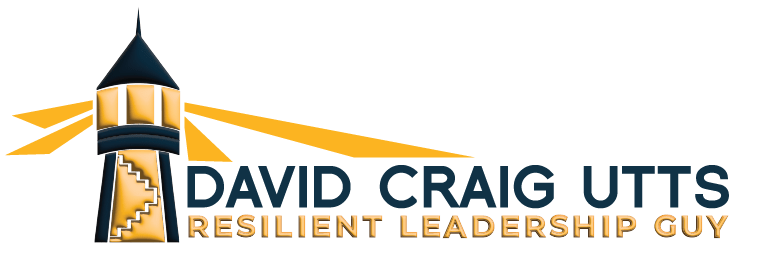Executive Onboarding Success Strategy: Phase II

This post is a continuation of my blog series that shares core strategies that enable any executive to successfully transition into a new role. The series provides an overview of the four key elements or stages for creating a sound onboarding strategy includes:
- Setting the Stage for Success
- Building Rock Solid Alignment
- Exceeding Expectations
- Strengthening Executive Presence
This post will review the second stage, which entails building rock-solid alignment (here is the link to my last post that focuses on stage one).
Defining rock-solid alignment
Developing alignment starts in stage one, as you gain crystal clarity around the expectations of those that will assess your success. Building rock-solid alignment entails generating a mutual understanding of how your efforts will most support the organization’s mission, values, and priorities.
When this alignment is in place, you don’t have to second guess what you should focus on as you begin to lean into your new role. This alignment also serves those who report to you to understand your expectations of them.
Indeed, this clarification of expectations is a never-ending process as new priorities emerge and new executives join your organization. And at the core of your ability to generate rock-solid alignment is the conscious development of relationships.
The Core of Generating Alignment Comes from Building High-Value Relationships
Fundamental to your ability to generate alignment is your ability to bring maximum energy into each day, develop a laser focus on your priorities, and your ability to execute your efforts to fulfill expectations. The core of doing all this at a high level comes from your ability to develop high-value relationships with senior leadership, your directs, and other key stakeholders you serve.
Your efforts to build high-quality relationships start with shoring trust. You create this trust one conversation at a time and, through your team’s and your follow-through on commitments.
As I have shared in the first post of this series, entitled The Master Keys of Successfully Transitioning into a New Executive Role, the first six to nine months in your role are precious! One of the primary reasons this ‘honeymoon period’ is vital is that build an impression with others that you care about their success and genuinely desire to understand what is most important to them.
As your tenure begins in your new organization, start by taking the time to get to know people in a personal way. Get a sense of them as a whole human being and understand how they value engaging to get things done. This understanding should also include how they would like you to:
- Keep them updated on progress around the mutual commitments made.
- Communicate when breakdowns occur.
Setting Direction and Aligning Commitments
As expectations crystalize and you spend time building relationships with others and understand their expectations, you can begin to set the direction for your contribution and team. As you do this, you will update your onboarding dashboard to include your vision and priorities.
As clarity comes, you can share this with your boss and other key executives to ensure you are on the right track. Your ability to set direction will include:
- Your vision for your leadership and team’s impact
- The norms or values your team must engage to ensure high-quality outputs and collaboration.
- Your priorities
- Key goals to be accomplished over the next six to twelve months.
As you begin to set your direction, it is critical that you take in feedback from your boss. The conversations you have with them about your plan will only strengthen mutual understanding and alignment. As you form this clarity, it also sets the stage for assessing and developing your team.
Assessing and Developing Your Team
Creating a world-class team is one of the most critical moves you can make in service to your long-term success. While I place this here, it truly starts the day you walk in the door!
The questions to consider here include:
- What must I do to build strong relationships with those on my team?
- How can I leverage my existing team’s understanding of the business to help me get up to speed?
- Does the team have the talent necessary to fulfill our priorities?
- If I assess a need to strengthen the talent on the team, what has to happen for me to fill in the gaps?
- Further, what has to happen for me to develop this team and each direct report to most assist me in reaching our priorities?
There is a lot you likely have to do to strengthen the team you inherit. And it merits much of your attention!
Conclusion
This second phase of your onboarding is at the heart of your success in your new role. It involves going slow to go fast to ensure you are laying a solid foundation for your success. At the center of your quest to build rock-solid alignment is your ability to build high-value relationships, set a clear direction, and develop a high-performing team. In my next post, I will share the third phase of transitioning into your new role. This stage builds on the last two and ensures you will exceed expectations.
About the Author David Craig Utts
Related Posts
4 Biggest Mistakes Executives Make When Transitioning into a New Role
Executive Onboarding Success Strategy: Phase III
The Executive Onboarding Success Strategy: Phase I
The Master Keys to Successfully Transition into a New Executive Role
